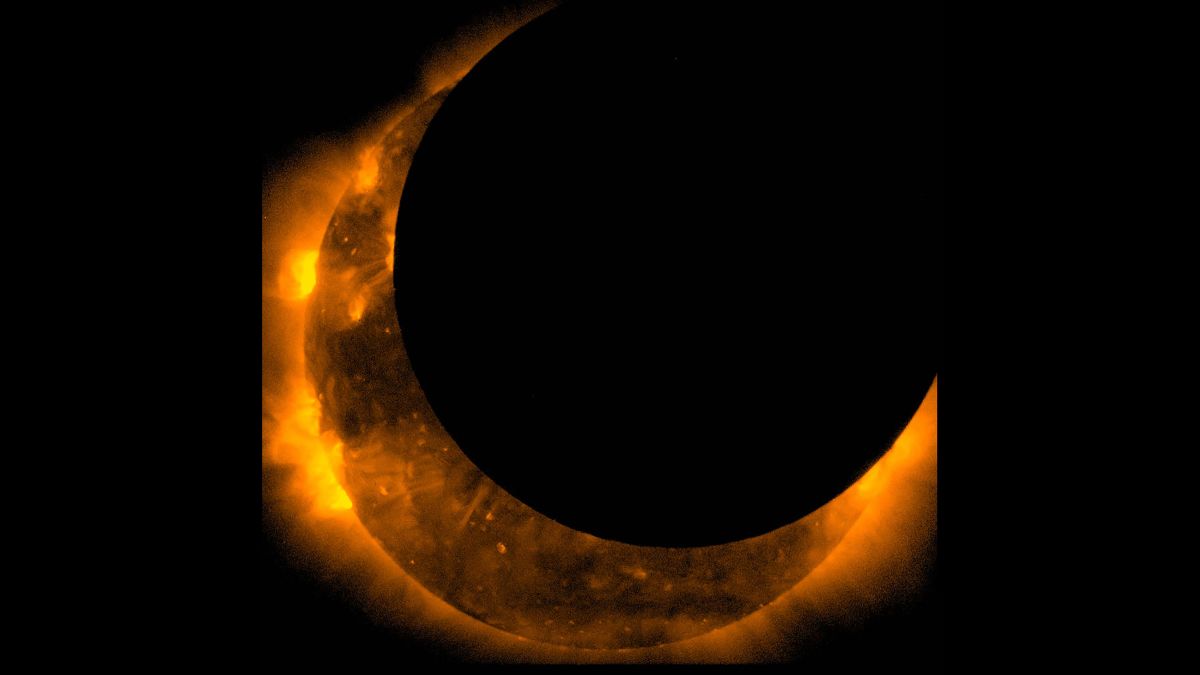

Sometimes eclipses are only visible from remote locations or from out at sea, making it difficult for very many people to be in the path of totality. Why is this eclipse special?īecause of the orbital dynamics involved, the moon’s shadow falls on different parts of Earth during each total solar eclipse. What is an eclipse? Learn more about how solar eclipses happen, the four types of eclipses, and how to view the sun safely if you're within the path of totality. When the moon is farther away, its apparent size isn’t large enough to completely cover the sun, and viewers will see what’s known as an annular eclipse, when a “ring of fire” surrounds the dark lunar disk.Ī total solar eclipse happens somewhere on Earth once every year or two.

What’s more, the moon’s orbit is slightly elongated, and the distance between the lunar orb and Earth changes over time.

Such an arrangement does not occur every month because the moon’s orbit is tilted compared to Earth’s, so that the lunar disk and the solar disk don’t always cross paths. This in turn means that eclipses can only happen when the moon is precisely aligned between Earth and the sun. People in the lighter part of the shadow, or the prenumbra, will see a partial eclipse. To see a total eclipse, you need to be in the darkest part of this shadow, known as the umbra. What exactly is a total solar eclipse?Ī total eclipse of the sun happens when the moon completely blocks the visible solar disk, casting a shadow on Earth. Here’s everything you need to know to be part of this incredible sky show. While many people will be traveling to be sure they can see the moon fully blot out the sun, viewers in other parts of the U.S., as well as the rest of North America and parts of Central and South America, will get to enjoy a partial eclipse, when the moon appears to take a bite out the sun. Join us on August 21 to hear from experts around the country, see stunning photos-including your own-and be among the first to see the eclipse. Nat Geo and Airbnb are bringing you total solar eclipse coverage #LiveFrom coast to coast.


 0 kommentar(er)
0 kommentar(er)
